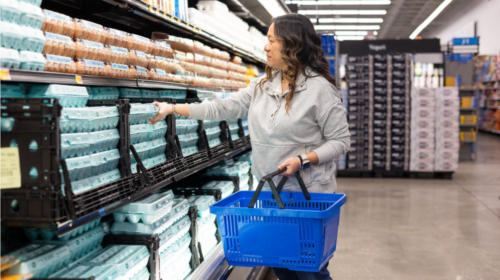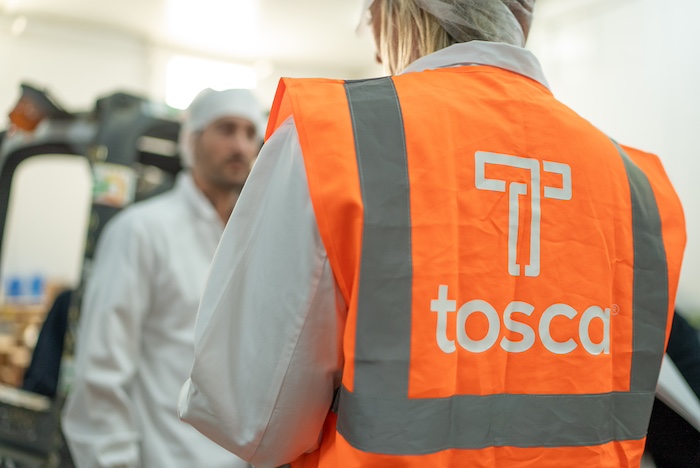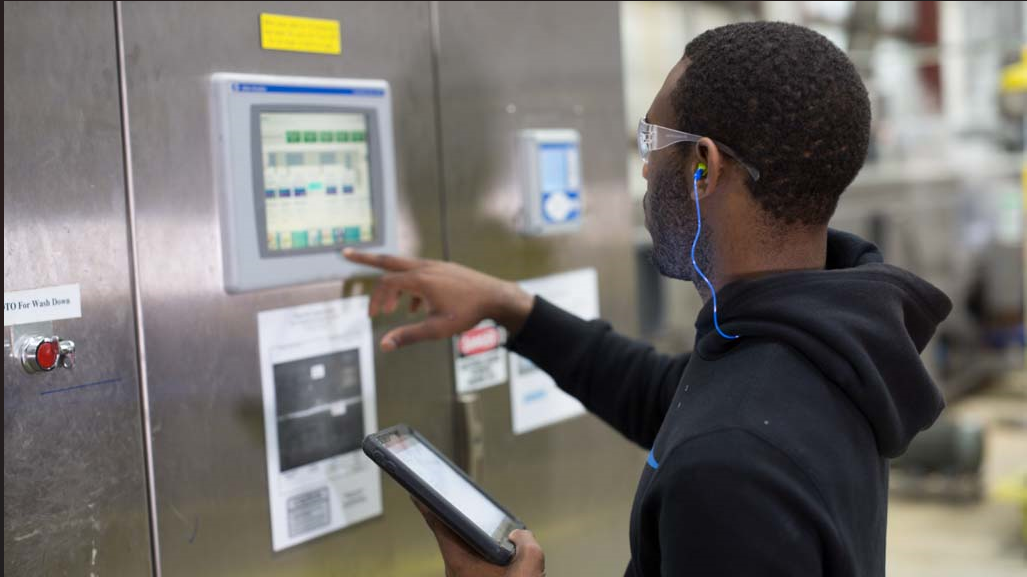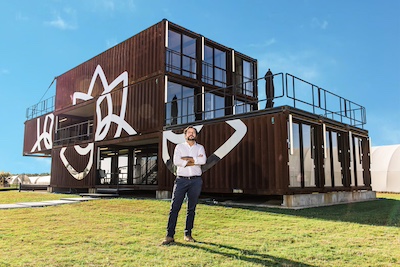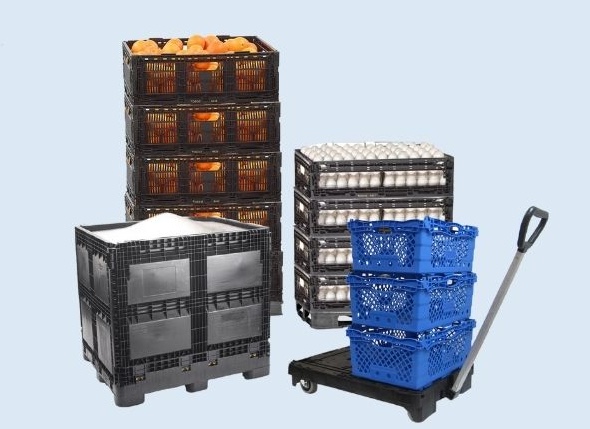In this article
Retailers are key players in nearly every aspect of the supply chain, from vendor relationships to transportation logistics and in-store operations. They set food safety standards, direct the flow of products through distribution centers, and dictate the in-store experience.
Yet, when it comes to packaging—a common denominator in all this—the decision is often left to suppliers. This assumption fragments packaging strategies, increases operational complexity, and increases costs to tight profit margins.
Many retailers have started shifting toward reusable plastic containers (RPCs), rolling them out in categories like case-ready meats, poultry, eggs, and produce.
Who really chooses the packaging? The answer isn’t so clear
One of the most common industry misconceptions is that suppliers make the packaging choices.
In reality, retailers are ideally positioned to set expectations. Consider that retailers already dictate food safety standards, transportation methods, and merchandising practices. So why is packaging often left out of these decisions?
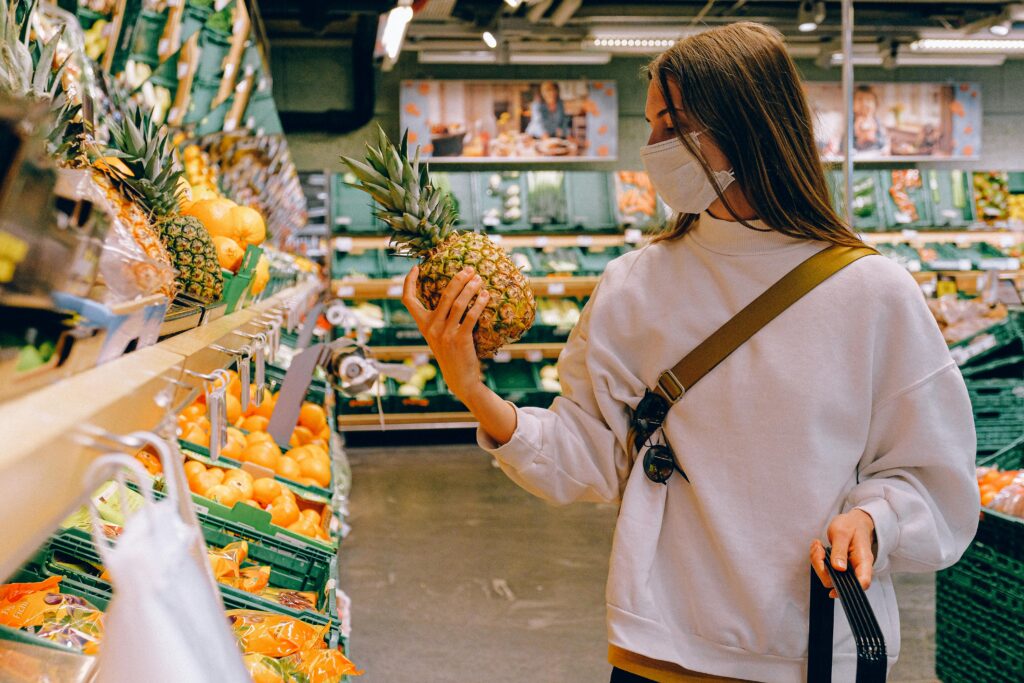
The answer is more complicated than it seems. Many retailers agree that RPCs are the better solution, but when expanding their use, they hit roadblocks—including their internal processes.
1. Siloed decision-making
Packaging doesn’t fall solely under the jurisdiction of procurement—it impacts merchandising, DC operations, transportation, sustainability teams, and store-level execution. Because packaging touches many areas, getting full alignment on a transition can be time-consuming.
2. Uncertainty about ROI
Retailers recognize that RPCs are more efficient, but without hard data to prove the cost benefits and sustainability at scale, they can struggle to make a compelling case.
This makes it difficult to justify a complete internal transition, especially when teams are focused on short-term cost management rather than long-term supply chain optimization.
But when it comes to RPCs, savings don’t occur in just one place. Their value can be felt across all areas of retail operations, helping automations run smoother, cutting in-store labor, and improving shelf availability (to name a few).
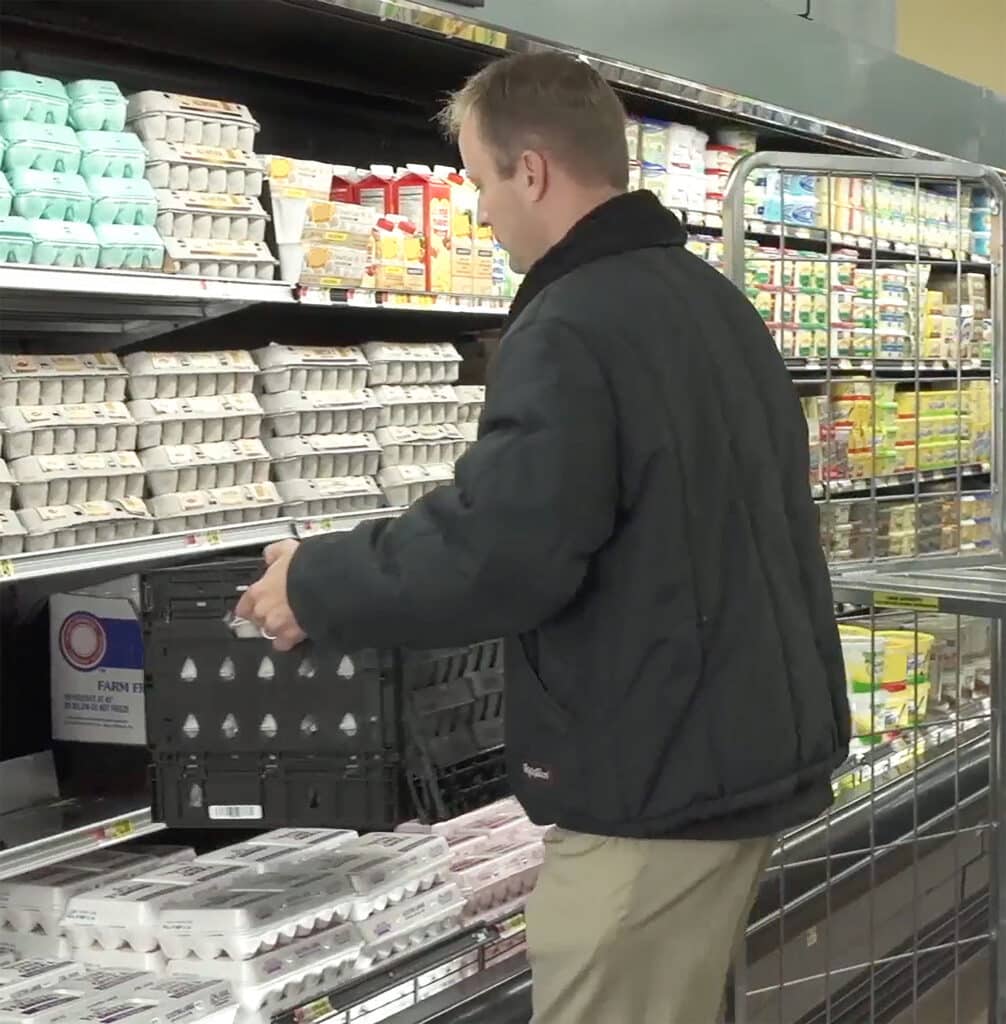
3. Concerns about supplier resistance
Retailers worry that forcing a packaging transition on suppliers might lead to pushback. Suppliers often claim that a dual system—some products in RPCs, some in corrugated—adds cost and complexity to their operations.
But here’s the truth: Many suppliers prefer RPCs because they offer better product protection, reduce damage, and simplify logistics. The hesitation isn’t about RPCs themselves—it’s about uncertainty. Without a clear retailer mandate, suppliers hesitate to switch because they don’t want to be stuck managing two systems indefinitely.
4. Building support among suppliers
Suppliers don’t resist RPCs because they don’t see the value. They resist because operating in a dual system adds cost and operational headaches. Retailers who fully transition to RPCs across perishables eliminate these inefficiencies, allowing suppliers to standardize and improve their processes.
Many suppliers prefer RPCs. They protect products better, reduce damage, and simplify logistics. But without clear retailer mandates, they hesitate to make the shift out of fear that they’ll be forced to manage RPCs and corrugated packaging indefinitely.

How Tosca helps retailers scale RPC adoption
Retailers understand the value of expanding RPC adoption, but transitioning requires coordination across suppliers, distribution, transportation, and store operations. Without structured support, retailers often face delays, supplier hesitation, and logistical challenges.
This is where Tosca provides the expertise and execution support needed to ensure a smooth rollout.
Tosca works alongside retailers to:
- Align supplier adoption by working directly with vendors to ensure smooth, uninterrupted packaging transitions.
- Optimize distribution and freight operations by improving slotting, pallet building, and trailer utilization.
- Ensure store teams have the tools to adjust to RPCs seamlessly, reducing labor and increasing efficiency.
- Track and measure improvements in shrink reduction, labor savings, and cost efficiency across the supply chain.
Tosca’s industry-leading piloting program
Tosca also enables customized piloting programs for retailers. Our pilots minimize the risk in switching from corrugated to RPCs. We work closely with retailers, from scoping through set up and execution, offering comprehensive guidance along the way.
When retailers try to scale RPCs without these measures, there is a risk of operational bottlenecks, supplier resistance, and delays in achieving full efficiency gains. Tosca removes these barriers, ensuring a faster, more successful transition.

Tosca pilots are also designed to show you the savings you can expect across your operations. From tracking labor hours at the store to measuring shrink in the DC, Tosca gives you the data to quantify the value so you’re making a well-informed decision, backed by proof from your own business.
Explore Tosca’s retailer-focused solutions:
Whether you’re looking for data-backed insights to justify a full rollout, supplier alignment support, or hands-on implementation guidance, Tosca provides the expertise and execution resources you need.
- Retail supply chain optimization: Reduce shrink, improve efficiency, and simplify your supply chain with reusable packaging.
- Piloting and conversion support: Try a risk-free RPC pilot and experience the benefits before committing to full adoption.
- Sustainability and cost savings analysis: See the impact RPCs can have on your bottom line and environmental footprint.
Ready to move beyond pilot programs and unlock the full benefits of RPCs? Contact Tosca today to start planning your expansion.

